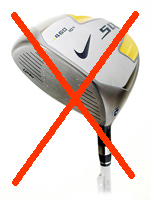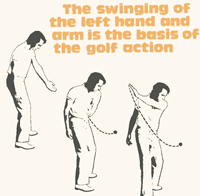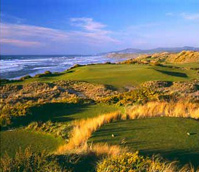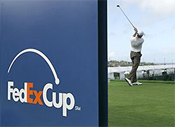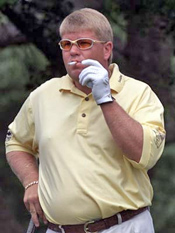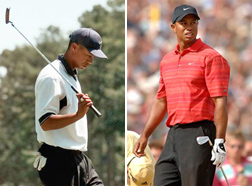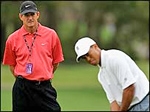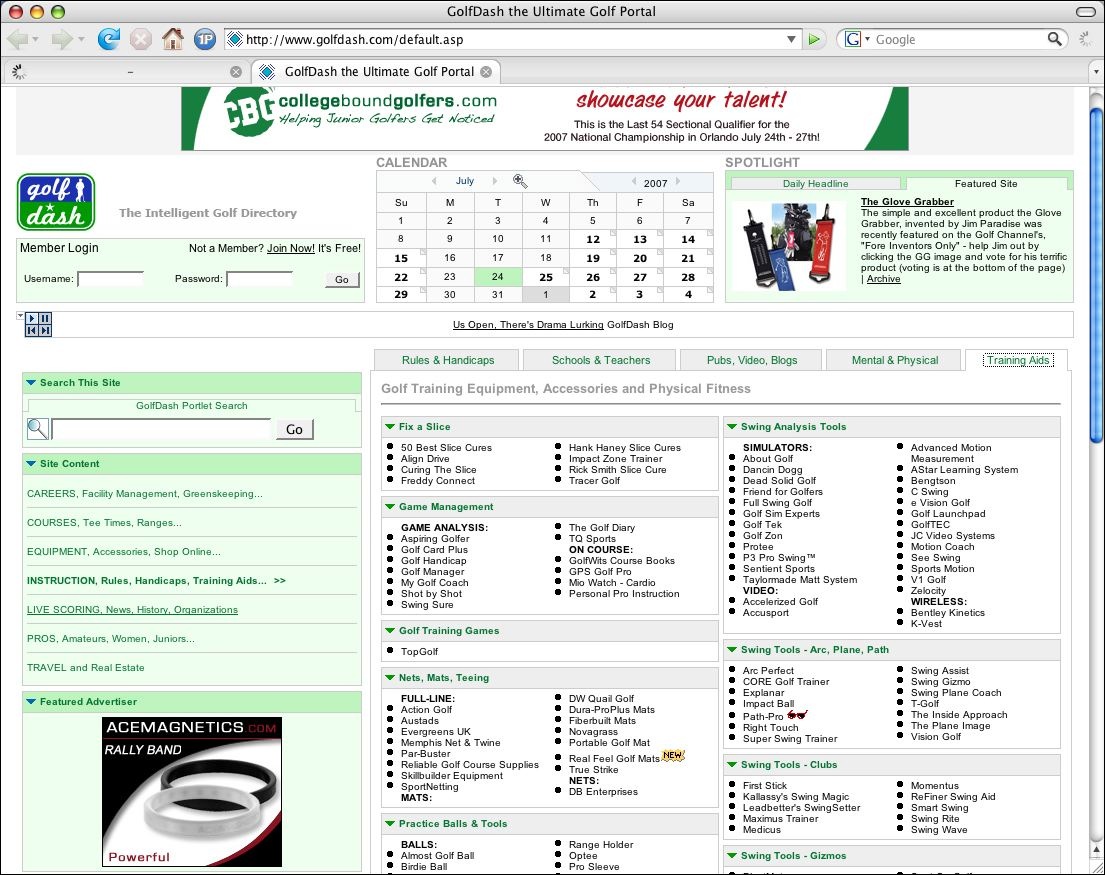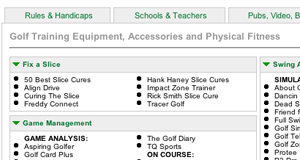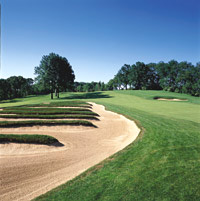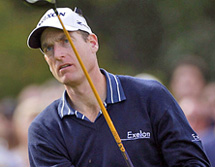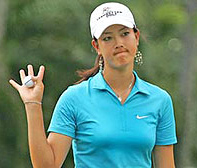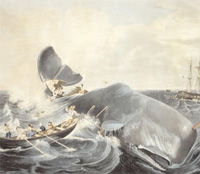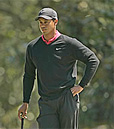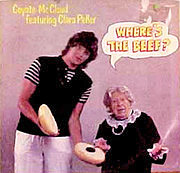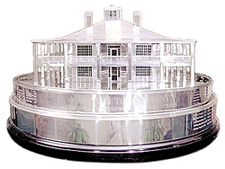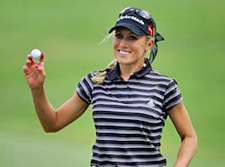Preview of '08 US PGA Tour
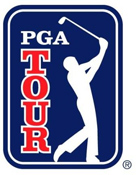 I think there were some clues to how the '08 PGA Tour in the US might play out based on what happened at the Target Championship last week. For starters, Tiger may be as good as we've ever seen him. He says he's finally put his father's death into perspective and I believe him. He's also got to be feeling that things are in good shape in his world. Tiger is content in his family life, his coach, his caddy and his game. He said as much in an interview he gave during the tournament. A happy relaxed golfer is a tough opponent. Look at what Jack Nicklaus did under similar circumstances, he had his best year on tour. Bottom line, Tiger could exceed his own standards of excellence this year. When he plays in '08 the rest of the field may have to be content playing for second place.
I think there were some clues to how the '08 PGA Tour in the US might play out based on what happened at the Target Championship last week. For starters, Tiger may be as good as we've ever seen him. He says he's finally put his father's death into perspective and I believe him. He's also got to be feeling that things are in good shape in his world. Tiger is content in his family life, his coach, his caddy and his game. He said as much in an interview he gave during the tournament. A happy relaxed golfer is a tough opponent. Look at what Jack Nicklaus did under similar circumstances, he had his best year on tour. Bottom line, Tiger could exceed his own standards of excellence this year. When he plays in '08 the rest of the field may have to be content playing for second place.
Jim Furyk is back from the wrist problem that effected him two years ago. His game is probably as good as it's going to get. He'll get hotter or colder from time to time, but, bottomline, he's going to have a lot of top 10 finishes that will keep him way up on the money list. His workman's attitude makes him consistently good, he just doesn't have the physical abilities to allow him to dominate the game. He'll do well at the Ryder Cup, but we still won't see him smile much. The player that is really coming in to his own is Zack Johnson. With every passing week he proves more and more that he isn't just a flash in the pan. He played extremely well after winning the Masters, where most newbies and even some seasoned pros have let downs. He's a solid, if unconventional ball striker, putts and plays the short game well and has shown he has the nerves to be steady down the stretch. He could be the younger US player that really excels for whom we've beeen waiting for quite a long time. He seems to have a level of maturity about himself that many younger golfers don't. I look for him to have a great year in '08.
The player that is really coming in to his own is Zack Johnson. With every passing week he proves more and more that he isn't just a flash in the pan. He played extremely well after winning the Masters, where most newbies and even some seasoned pros have let downs. He's a solid, if unconventional ball striker, putts and plays the short game well and has shown he has the nerves to be steady down the stretch. He could be the younger US player that really excels for whom we've beeen waiting for quite a long time. He seems to have a level of maturity about himself that many younger golfers don't. I look for him to have a great year in '08.
Then there's everybody else. There's very little to go on to say how some of the other top world players will fare next year. We'll just have to wait for the early tournaments to see who's ready to make a move. I like the fact that Lee Westwood has gotten himself into better physical shape. He's a consistently good player that many thought would contend for the majors. Perhaps his new physique shows a renewed commitment to take his game to the next level. Unfortunately it seems that VJ Singh, Ernie Els and Retief Goosen are all still off their games a bit. Will any one of them be able to find the old magic? All three are in need of a real boost. Sure they'll compete, but it doesn't look like any will make a charge for the top spot. The biggest question is, as always, Phil. It's very hard to know where he's at. He's shown he can be the guy to beat and, then again, he can disappear to who knows where. Will his desire to beat Tiger push him to raise his game? Or will his desire to be with his family keep him playing in so few events that he'll never be really sharp on a consistent basis. Maybe Butch Harmon can help him with his mental demons more than his swing. Is that where Phil really needs to focus? As there's little word from the Mickelson camp, we'll just have to wait and see.
The biggest question is, as always, Phil. It's very hard to know where he's at. He's shown he can be the guy to beat and, then again, he can disappear to who knows where. Will his desire to beat Tiger push him to raise his game? Or will his desire to be with his family keep him playing in so few events that he'll never be really sharp on a consistent basis. Maybe Butch Harmon can help him with his mental demons more than his swing. Is that where Phil really needs to focus? As there's little word from the Mickelson camp, we'll just have to wait and see.
Besides Zach, I don't see much from the young golfers. Sure they'll win here or there, but like last year they'll disappear shortly thereafter. I can't help but think that it's too easy to make a million on the tour these days and that it keeps most young golfers just happy with making the cut and occasionally getting a top 10.
